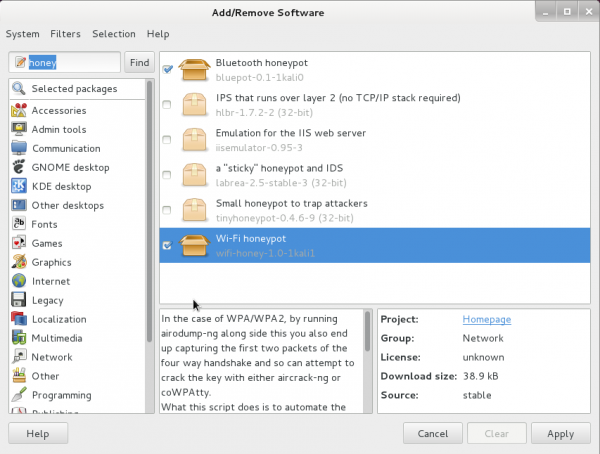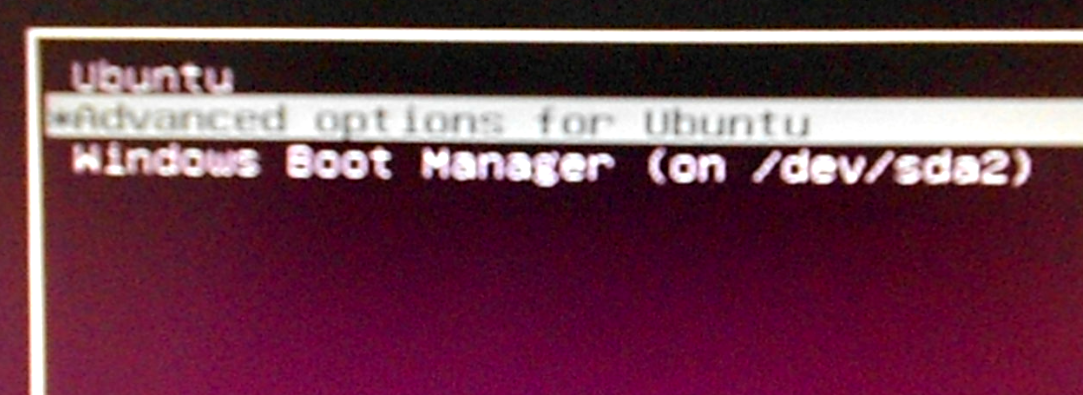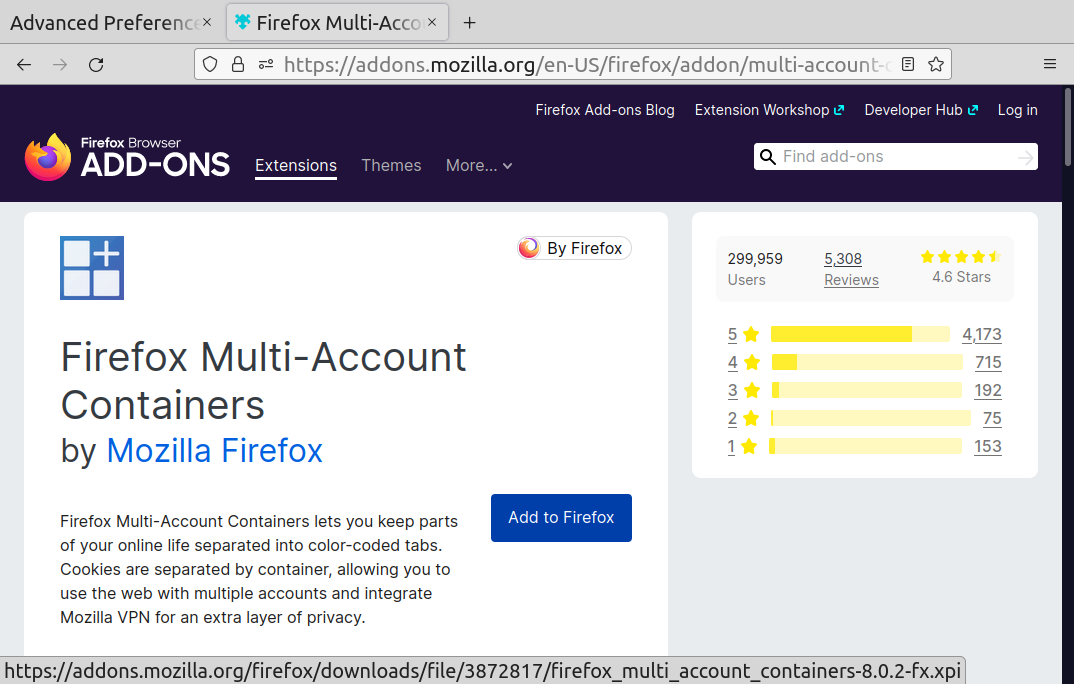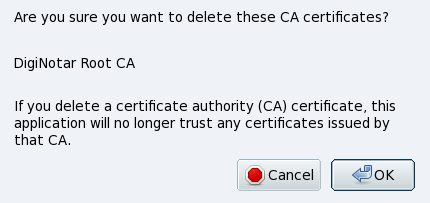Update: Which graphical package managers are available for installation on Kali Linux 2021.3, the latest edition of Kali Linux? You’ll find the options in how to Install a graphical package manager on Kali Linux 2021.3.
Kali Linux is the next-generation edition of BackTrack. It is BackTrack reborn. If you’ve been using BackTrack, or you’re are thinking about using BackTrack, forget it. Kali Linux is what you want to be using. What’s the difference?
BackTrack is based on an old edition of Ubuntu, while Kali is based on the latest edition of Debian. On the installation side, Kali Linux uses Debian’s graphical installer, which means you get features like LVM, the Linux Logical Volume Manager, and disk encryption. With BackTrack and its Ubuntu installer, you get none of that.
Those are a few of the major differences. When it comes to installing applications or software on Kali Linux, there is no difference between it and BackTrack. This article shows the many methods you can use to install and manage applications on Kali Linux 1.0. Obviously, this is not intended for experienced users, but for those new to Linux.
NFTs were hot in 2021. They will be even more so this year and beyond. NFT South is a conference where NFT enthusiasts will meet to explore and celebrate the different use cases of NFTs. It’s going to be a fun event. Get your ticket today!
1. From the command-line: Since Kali is based on Debian, installing and managing software from the command-line is accomplished using apt-get and other components of Debian’s Advanced Packaging Tool (APT). For example, to install an application like Ubuntu’s Software Center, you would issue the following command: apt-get install software-center. It’s that easy, if you know the name of the software you wish to install. You can find out more by reading the man page. Just type man apt-get from the command-line.
2. Gpk-application: The Gnome PackageKit is one of two graphical package managers installed out of the box. The other one is Synaptic Package Manager. For a new user, these graphical package managers offer a more user-friendly method of installing software. You can access it from the menu at Applications > System Tools > Add/Remove Software.

3. Synaptic Package Manager: This used to be the graphical package managers on Debian-based distributions. You may start this one from the menu: Applications > System Tools > Administration > Synaptic Package Manager.

4. Ubuntu Software Center: This is the same graphical package manager available on Ubuntu. It is not installed by default, but is in the repository, so you can install it by typing apt-get install software-center. Once installed, you can access it from Applications > System Tools > Administration > Software Center.

The latest edition of Kali Linux is available for download here.








how we can instal any application in kali linux…i know it will run apt command but…stll from where we get application which can run by terminal ???????????
the trick is to check soruces.list … in my case there wasent a repository— sooo inset
” # Main Kali repository
deb http://http.kali.org/kali kali-rolling main contrib non-free ”
and then you can install synaptic after you run update and install….
i hope this helps… i whish i had found this, when i started….
good luck
Drlee 🙂
hi guys
I am not able to install any software or tool in my kali linux.
please help me
Kali is a Debian-based distribution, so it uses the APT package management tool. To install software on it from the command line, use the apt command. There’s also at least one graphical interface for installing software on the system.
its not working…. maybe youre missing some steps or forgot to mention the versions…
Its really sad, i’ve been trying all day long, every went fine but when i try to lunch is stays static. does not work for me
~# apt-get install rfkill
Reading package lists… Done
Building dependency tree
Reading state information… Done
E: Unable to locate package rfkill
Hi guys this is my problem i have awired connection from my phone any suggestions contact me via icecreamninja94@gmail.com I NEED HELP PLEASE
Doing a search on Kali 2017.1, I can see that package in the list of results. Why don’t you update the package database first, using sudo apt update, then see if you can install it. You might want to search for it first, using apt search rfkill.
Sad system no candidate LOL what third grader worked this crap up.
i install aircrack-ng i cannot see its icon anywhere how to fix this problem in kalilinux
Unable to locate package …how can be fix it……form where be get this package
What package are you trying to install?